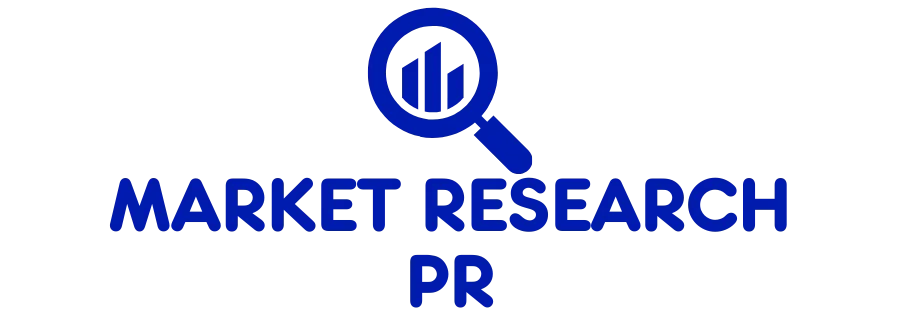North America medicated feed additives market is projected to grow by 5.6% annually in the forecast period and reach $ 4,643.2 million by 2031, driven by the rising consumption of meat and dairy products, the growing population, and the growing concerns about the health of livestock and industrialization of processed products.
Highlighted with 21 tables and 46 figures, this 105-page report “North America Medicated Feed Additives Market 2021-2031 by Product Type (Antibiotics, Vitamins, Antioxidants, Amino Acids, Enzymes, Prebiotics, Probiotics), Mixture Type (Supplements, Concentrates, Base Mix, Premix), Animal Type (Ruminants, Swine, Poultry, Aquaculture, Others), Distribution Channel (Hypermarket/Supermarket, Specialty Stores, Online Sales, Others), and Country: Trend Forecast and Growth Opportunity” is based on a comprehensive research of the entire North America medicated feed additives market and all its sub-segments through extensively detailed classifications. Profound analysis and assessment are generated from premium primary and secondary information sources with inputs derived from industry professionals across the value chain. The report is based on studies on 2018-2021 and provides forecast from 2022 till 2031 with 2021 as the base year. (Please note: The report will be updated before delivery so that the latest historical year is the base year and the forecast covers at least 5 years over the base year.)
In-depth qualitative analyses include identification and investigation of the following aspects:
• Market Structure
• Growth Drivers
• Restraints and Challenges
• Emerging Product Trends & Market Opportunities
• Porter’s Fiver Forces
The trend and outlook of North America market is forecast in optimistic, balanced, and conservative view by taking into account of COVID-19 and Russia-Ukraine conflict. The balanced (most likely) projection is used to quantify North America medicated feed additives market in every aspect of the classification from perspectives of Product Type, Mixture Type, Animal Type, Distribution Channel, and Country.
Based on Product Type, the North America market is segmented into the following sub-markets with annual revenue ($ mn) for 2021-2031 included in each section.
• Antibiotics
• Vitamins
• Antioxidants
• Amino Acids
• Enzymes
• Prebiotics
• Probiotics
• Other Product Types
Based on Mixture Type, the North America market is segmented into the following sub-markets with annual revenue ($ mn) for 2021-2031 included in each section.
• Supplements
• Concentrates
• Base Mix
• Premix
By Animal Type, the North America market is segmented into the following sub-markets with annual revenue ($ mn) for 2021-2031 included in each section.
• Ruminants
• Swine
• Poultry
• Aquaculture
• Other Animal Types
By Distribution Channel, the North America market is segmented into the following sub-markets with annual revenue ($ mn) for 2021-2031 included in each section.
• Hypermarket / Supermarket
• Specialty Stores
• Online Sales
• Other Distribution Channels
Geographically, the following national/local markets are fully investigated:
• U.S.
• Canada
• Mexico
For each key country, detailed analysis and data for annual revenue ($ mn) are available for 2021-2031. The breakdown of national markets by Product Type, Mixture Type, and Animal Type over the forecast years are also included.
The report also covers current competitive scenario and the predicted trend; and profiles key vendors including market leaders and important emerging players.
Selected Key Players:
Adisseo France SAS
Alltech Inc.
Archer Daniels Midland Company
BASF SE
Biostadt India Limited
Bluestar Adisseo Co., Ltd.
Cargill Inc.
CHS Inc.
Evonik Industries AG
Hipro Animal Nutrtions (HI-PRO Feeds)
Kemin Industries Inc.
Koninklijke DSM N.V
Novozymes A/S
Nutreco N.V.
Phibro Animal Health Corporation
Provimi Animal Nutrition
Purina Animal Nutrition (Land O’ Lakes)
Zagro
Zoetis, Inc.
(Please note: The report will be updated before delivery so that the latest historical year is the base year and the forecast covers at least 5 years over the base year.)

